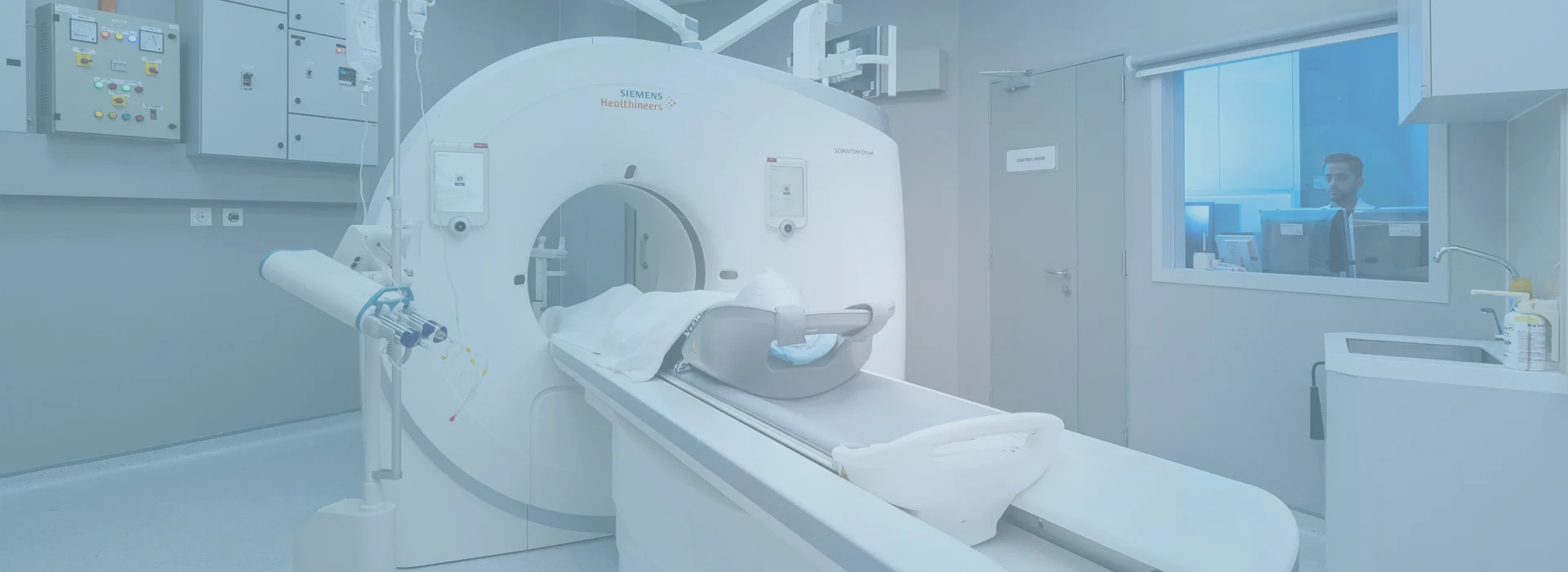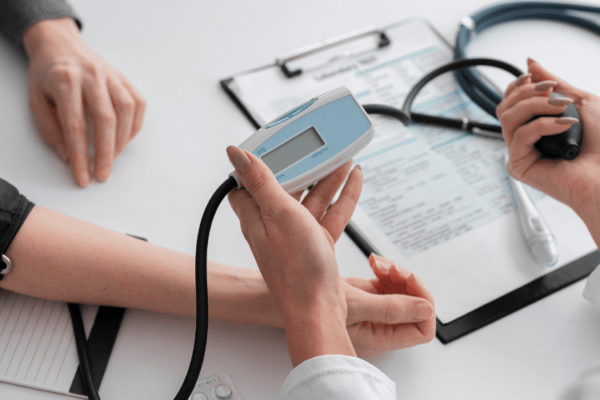
27 Aug Heart Attack in Women
Heart Attack in Women
By Island Hospital | Aug 27, 2018 10:59:00 PM
Heart attack is caused by narrowed heart arteries. When arteries are narrowed (a process called atherosclerosis), less blood and oxygen reaches the heart muscle. This is also called coronary artery disease and coronary heart disease. This can ultimately lead to heart attack.
A heart attack happens when a blockage in one or more coronary arteries reduces or stops blood flow to the heart, which starves a part of the heart muscle of oxygen.
Women tend to develop symptoms of heart disease at a much later stage of the illness than men. Their symptoms are often vaguer or ‘non-specific’.
MEN EXPERIENCE
- Chest pain
- Chest discomfort
- Shortness of breath
- Nausea
WOMEN EXPERIENCE
- Back, neck or jaw pain or tightness
- Burning sensation in the chest, similar to heartburn
- Chest discomfort
- Dizziness
- Vomiting
- Fatigue
- Lightheadedness
- Nausea
- Shortness of breath
- Sweating
Traditional Heart Attack Risk
- High blood pressure,
- High blood sugar levels,
- High cholesterol levels,
- Smoking and obesity,
- A family history of heart disease, particularly when a father or brother was diagnosed with CAD before age 55, or a mother or sister was diagnosed before age 65.
Non-traditional Heart Attack Risk
- Endometriosis (Endometriosis has been found to raise the risk of developing CAD by 400% in women under age 40),
- Polycystic ovary disease,
- Diabetes,
- high blood pressure that develops during pregnancy.
- A routine blood test
- Electrocardiogram (ECG)
- Exercise stress test
- Echocardiography
- MRI scan
- CT coronary angiogram


CT-CORONARY ANGIOGRAM

ECHOCARDIOGRAM

CORONARY ANGIOGRAM
The type of heart attack (also called myocardial infarction, or MI) you experienced determines the treatments your doctor will choose.
The blockage might be complete or partial.
- A complete blockage of a coronary artery means you suffered a ‘STEMI’ heart attack — which stands for ST-elevation myocardial infarction.
- A partial blockage would be an ‘NSTEMI’ heart attack — a non-ST-elevation myocardial infarction.
Important :
- Always call your most trusted hospital if you suspect you have a heart attack.
- Treatments differ for a STEMI versus NSTEMI heart attack, although there can be some overlap.
- Hospitals commonly use techniques to restore blood flow to part of the heart muscle damaged during a heart attack.
You might receive:
- Clot-dissolving drugs (thrombolysis),
- Balloon angioplasty,
- Percutaneous coronary intervention (PCI), a mechanical means of treating heart attack.
- Surgery, or
- A combination of treatments.

Blockage of the right coronary artery in a heart attack patient

Following successful coronary angioplasty, the flow in the affected coronary artery is now re-established
The Cardiologists in Island Hospital have access to advanced imaging and blood tests that gives accurate assessment of heart attack risk. The test results are the better option ways to tell if you are at risk of heart diseases before they develop noticeable symptoms and, if so, how severe is your condition. Complications of heart disease include heart attack and stroke. You can reduce the risk of complications with early diagnosis and treatment. Each patient’s case is different. To help you understand the better option type and methods of heart disease treatment and prevention, make an appointment to see any of our Cardiologists at Island Hospital.
Identifying risks and symptoms of heart diseases are the journey to maintaining a healthy happy heart.





